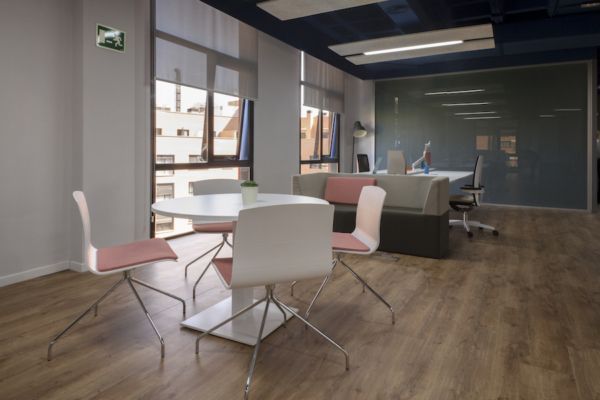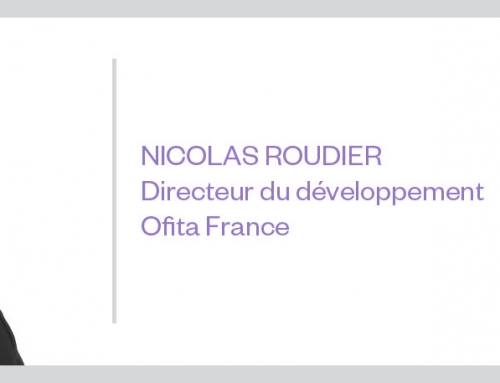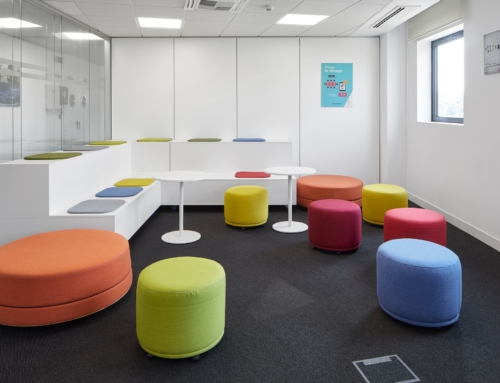Change Management
The implementation of new forms of organization, new technologies or new spaces involve facing in many occasions a certain reactionary attitude or opposition to change which is governed by our natural inclination to hang onto what is known, to inertia (“things have always been this way..”).

What can we do when we propose a new concept of office and we face the resistance of a group (or of all of them) of employees? What is the solution when people holding onto their older office oppose to change? Employees refusing to “abandon” their office and work in common areas, leaders holding on to their executive chair…
During the implementation phase of an office it is vital therefore to have a solid change management program; mainly to help employees to understand the reasons of this new concept of office, what is the origin (corporate culture, digital transformation, etc.) and in which way is the traditional model going to change into this new office design. The process has to start very early, since the very conception of the project and carry on until after its completion.
It is necessary to detect the weaknesses or those aspects which are not accepted as well as to achieve highest motivation and understanding of all people involved in the solution implemented, remembering the reasons for undertaking the project, discussing its advantages and the results expected as well as tackling problems and risks which may arise.
The success of the implementation will depend at a great extent on the management of change done since the beginning of the reengineering process of the work and especially on how the staff is involved, which favours the best adaptation of the result to the needs and requirements of the organization and a massive acceptance as it is difficult for someone to refuse to adapt to a change in which definition he/she has taken part or which fundamental purposes and objectives he/she understands.
Without doubt, the second of the main corner stones for the success of this process is a communication plan, reinforced by employer branding strategies, oriented to inform, normalize, educate and build commitment, opening specific communication channels and spaces for active listening, feedback and dialogue. A key aspect of this process is the figure of brand “ambassadors” with greater credibility for all employees.
It is a matter of starting a series of actions oriented not only to inform people but also to involve the in the process, in making decisions. Therefore, focus groups, for example are a key aspect for the success of the process.
Innovative working spaces, as their name suggests, involve a change in our normal way of working. In most cases this represents the development of common behaviour patterns, stablishing some conduct standards and ensuring compliance of these patterns. The purpose of these patterns is not to control people but rather clarify the operation of the work environment and the structure of certain procedures in a way that they can make the most of synergies with other people, units or departments. For example, welcome manuals in the case of a transfer, open days for families or sessions to explain the use of new spaces, are important tools for the approval of a new model.
People would need time and support to understand and learn how to work in a different way from what they are used to. Training in the use of new spaces, technologies and tools to be adopted is therefore specially important as well as the explanation of how this affects change from the most personal point of view; To which type of resources do I have access?, etc.
Finally, in this change management process, there are three essential elements: communication, training and staff involvement.




